Noctua NF-A14 PWM in detail
There aren’t many 140mm fans that are more popular than the NF-A14 (PWM). This Noctua model has maintained that for a long time, for over a decade. In the meantime, naturally, a host of newer competing solutions have come along, and the question is how Noctua’s still-flagship 140mm fan will hold up against them in the present day. By analyzing the NF-A14, we’ll also shorten a bit the interminable wait for its successor.
The Noctua NF-A14 PWM fan impeller is based on a wider blade design with relatively smaller leading edge curvature. On most current fans, the radius of curvature is larger because it makes it theoretically possible to achieve more airflow per unit of noise. So the NF-A14 enters the confrontation with more modern high-end fans already with a certain handicap, which is due to the fact that it is, in short, an older design, but equipped with aerodynamic improvements, some of which are unique to Noctua.
One of the exclusive modifications are the small triangles on the inner wall of the frame. They are recessed into it and their role is to create a turbulent layer in the gap between the blades and the frame, which resists back pressure better than the typically more laminar (or less turbulent) designs of other smooth-walled fans. In regards to this modification, Noctua calls it “Inner Surface Microstructures” and in the case of the NF-A14, the depth of the triangular patterns is greater than that on, say, the NF-A12x25. This is because it is optimised for the size of the gap between the blade tips and the frame, which is wider on the NF-A14 (approximately 2.5 mm), and as it increases, so does the need for more ISM influence. In other words, as the depth increases, the turbulent layer impact also increases, which should be useful specifically for fans with a more pronounced gap around the rotor.
The steps on the intake side of the fan (Stepped Inlet Design), which is also practically a Noctua exclusive feature, are meant to increase airflow while reducing noise. They are intended to be beneficial for a smoother transition of laminar airflow (required at the fan intake) to turbulent airflow (at the fan exhaust), while at the same time suppressing tonal peaks that usually arise due to resonances from the airflow.
On the trailing edges of the blades, it is also worth noticing the protruding channels (Flow Acceleration Channels), which reduce microturbulence, thus increasing the pressure resulting in faster movement of air streams. Again, a thing that increases airflow and reduces noise. Less turbulent airflow here also means quieter airflow.
The NF-A14 (PWM) fan impeller otherwise consists of seven blades with medium sized gaps between them. Because of these, combined with the sharper inclination (of the blades), an average to above average static pressure can be expected. And an above average airfow, as the impeller footprint is quite large, approximately 13700 mm2. It is only “significantly” larger on LCP fans, of which there are only a few in this format.
The relatively shorter blades (compared to the Silent Wings Pro 4, for example) are less prone to vibration, although it should be noted that thickness also has an effect. The latter is smaller on the NF-A14 (at its thickest point, at the blade tips, it’s only 1.8mm) than on competing Silent Wings fans. Even compared to the older SW3s that rivaled these Noctua fans for several years. However, given the different designs, different thicknesses are appropriate to achieve optimal results, and Noctua knew what they were doing. This can also be seen in the tests of vibration, which is relatively low even at higher speeds.
With the NF-A14 fans, it’s also fair to note that they come with above-standard accessories. This includes, for example, silicone grips for mounting into a case. There are indeed anti-vibration pads in the corners of the fan, but with traditional fan installation, vibrations are still transmitted through the steel screws (these are also included). And then there’s a few cables. An extension (from 20 to 50 cm), a “Y” splitter, and a NA-RC7 Low Noise Adapter. When used, this will limit the maximum fan speed to about 1000 rpm.
Besides the „PWM“ variant, the NF-A14, comes in variants with DC control (the faster „FLX“ with up to 1200 rpm and the slower „ULN“ with a maximum of 800 rpm) and a 5-volt one, which still retains a higher speed (1500 rpm).With the same speed parameters, there is then the variant with pulse control support with the “5V PWM” designation.
And one more thing: To navigate through the result graphs as easily as possible, you can sort the bars according to different criteria (via the button on the bottom left). By (non)presence of lighting, profile thickness, brand, bearings, price or value (with the option to change the sorting to descending or ascending). In the default settings, there is a preset “format” criterion that separates 120mm fans from 140mm fans.
- Contents
- Noctua NF-A14 PWM in detail
- Overview of manufacturer specifications
- Basis of the methodology, the wind tunnel
- Mounting and vibration measurement
- Initial warm-up and speed recording
- Base 6 equal noise levels…
- ... and sound color (frequency characteristic)
- Static pressure measurement…
- … and airflow
- Everything changes with obstacles
- How we measure power draw and motor power
- Measuring the intensity (and power draw) of lighting
- Results: Speed
- Results: Airlow w/o obstacles
- Results: Airflow through a nylon filter
- Results: Airflow through a plastic filter
- Results: Airflow through a hexagonal grille
- Results: Airflow through a thinner radiator
- Results: Airflow through a thicker radiator
- Results: Static pressure w/o obstacles
- Results: Static pressure through a nylon filter
- Results: Static pressure through a plastic filter
- Results: Static pressure through a hexagonal grille
- Results: Static pressure through a thinner radiator
- Results: Static pressure through a thicker radiator
- Results: Static pressure, efficiency depending on orientation
- Reality vs. specifications
- Results: Frequency response of sound w/o obstacles
- Results: Frequency response of sound with a dust filter
- Results: Frequency response of sound with a hexagonal grille
- Results: Frequency response of sound with a radiator
- Results: Vibration, in total (3D vector length)
- Results: Vibration, X-axis
- Results: Vibration, Y-axis
- Results: Vibration, Z-axis
- Results: Power draw (and motor power)
- Results: Cooling performance per watt, airflow
- Results: Cooling performance per watt, static pressure
- Airflow per euro
- Static pressure per euro
- Results: Lighting – LED luminance and power draw
- Results: LED to motor power draw ratio
- Evaluation






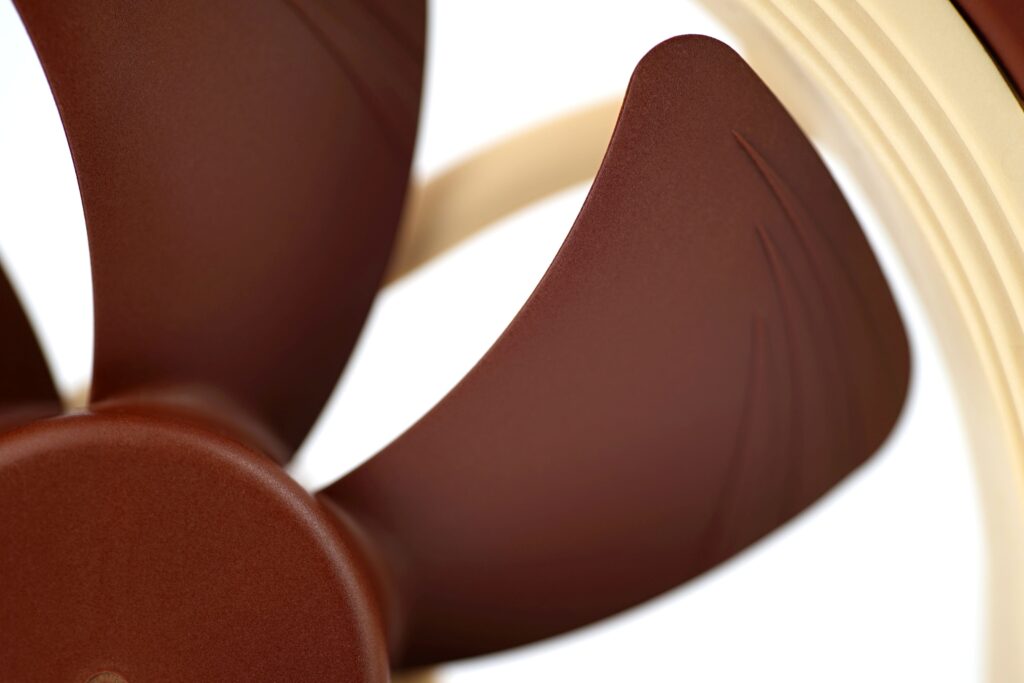
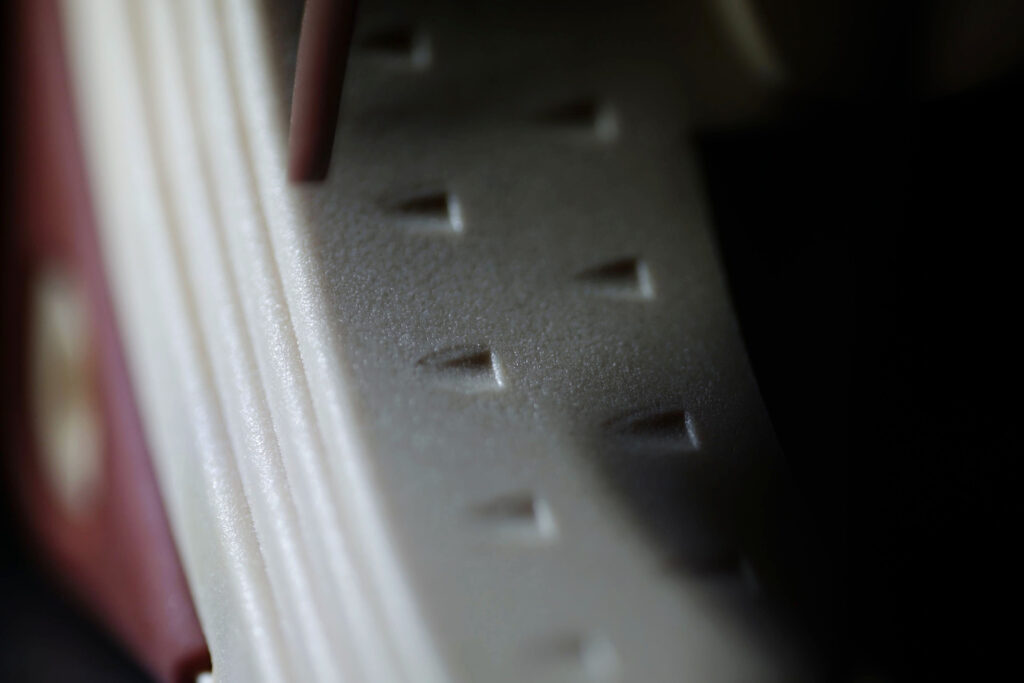

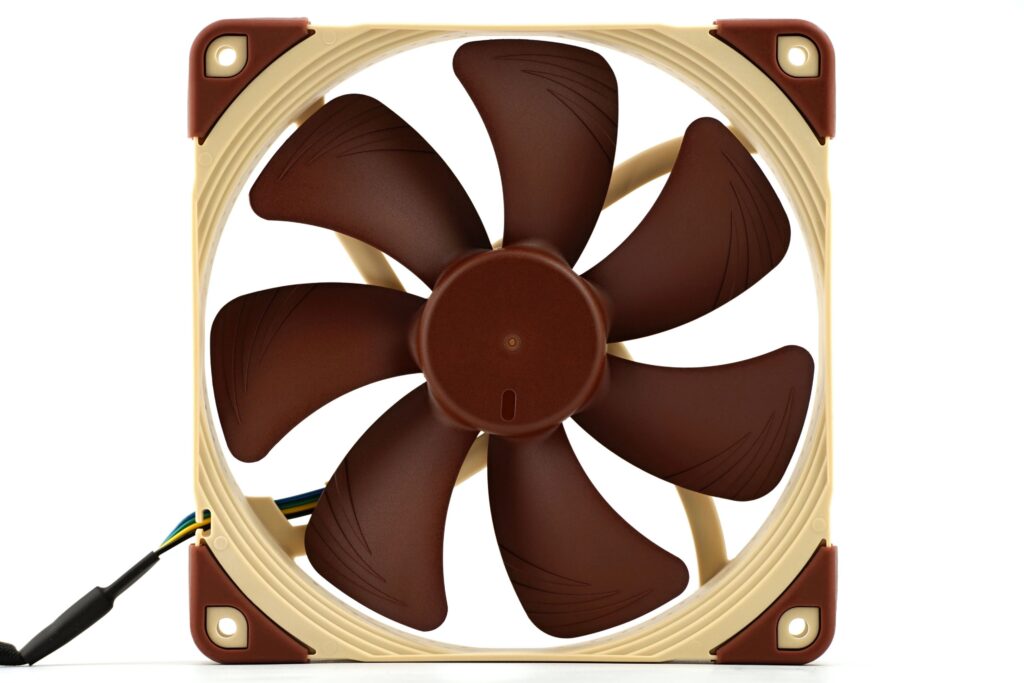
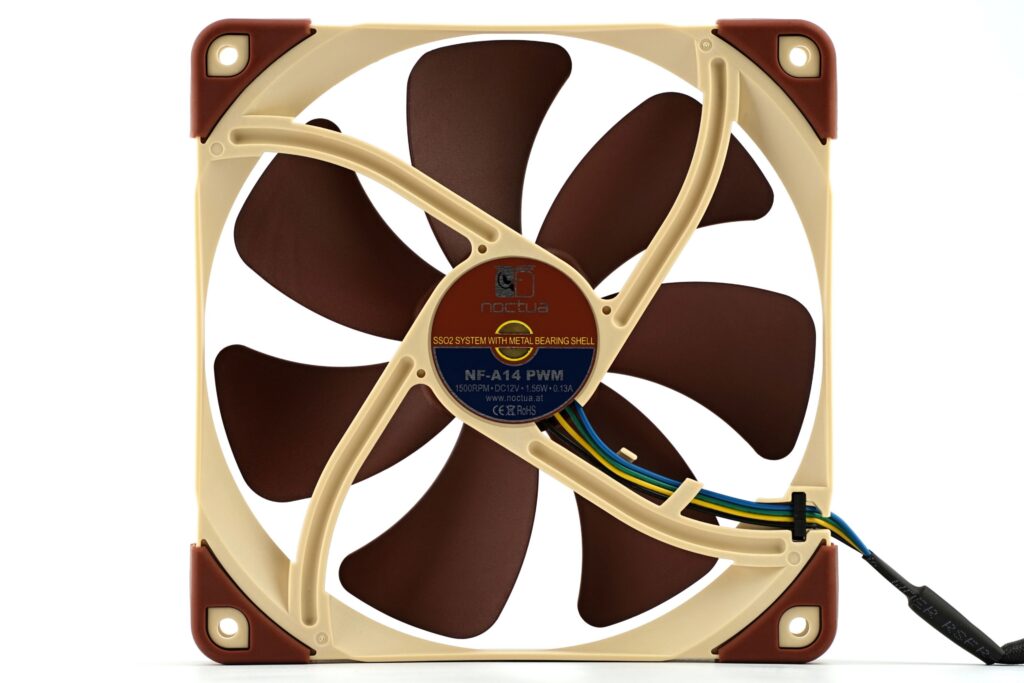



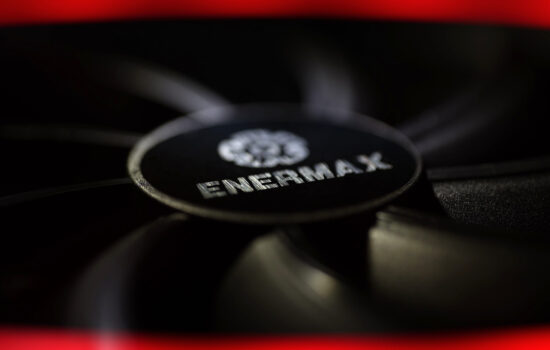



Thanks.
I particularly like the minimum fan speed, that’s a must to me.